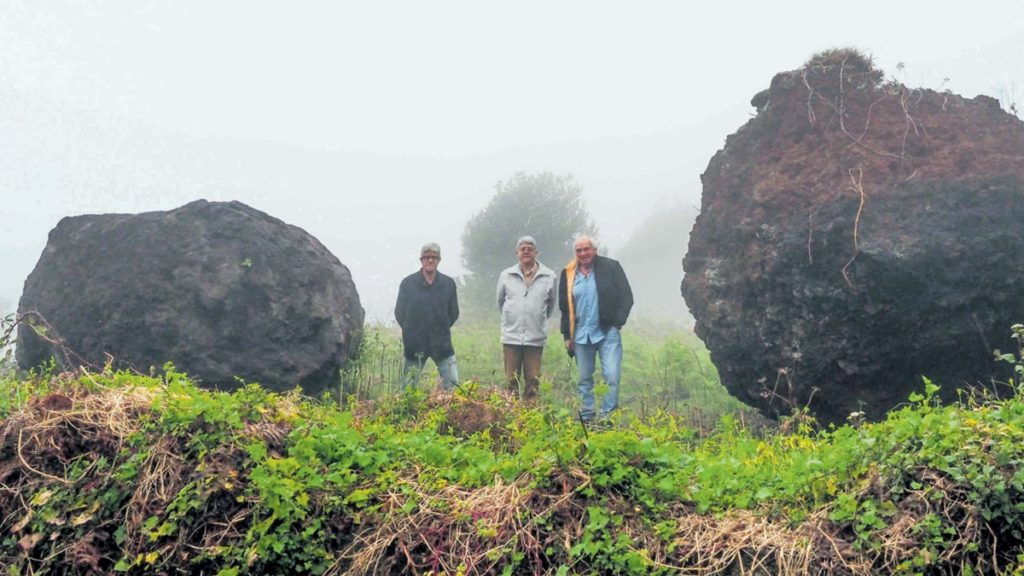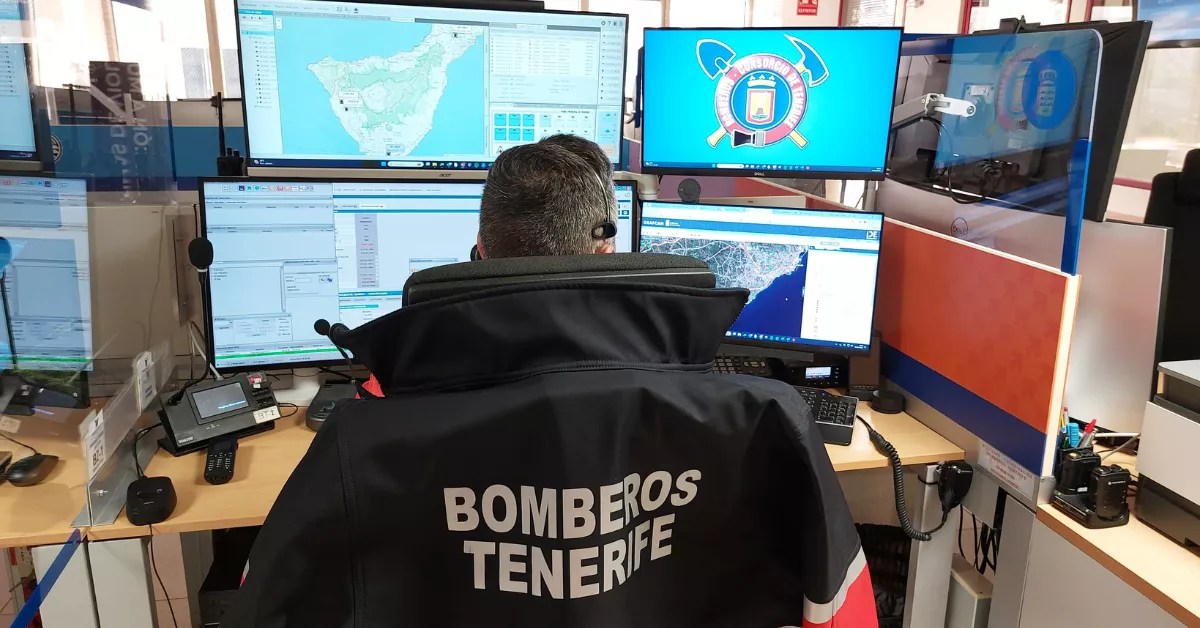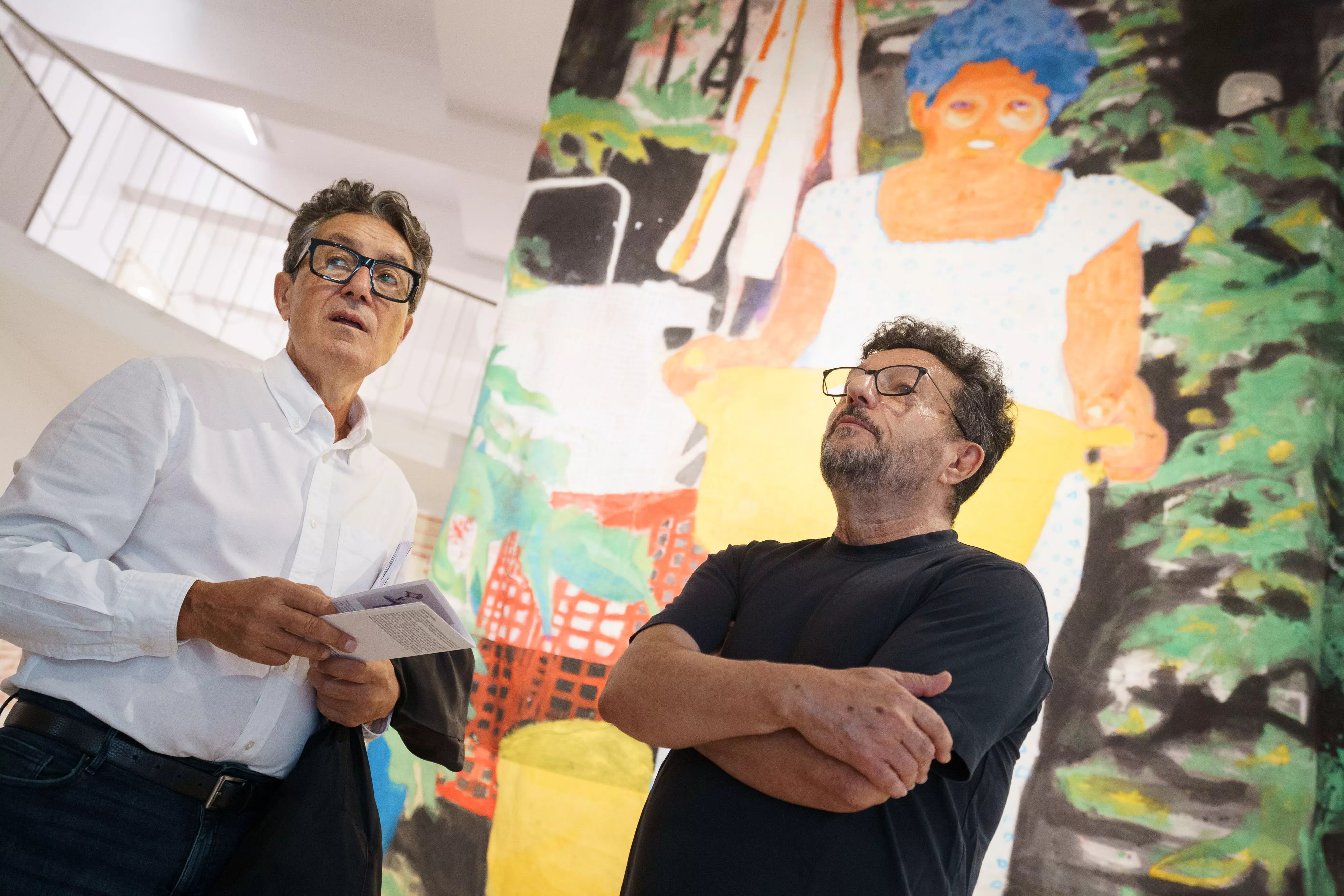
Since 1978, Alvaro Fajardo Hernandez He saw some huge balls outside his house that he had just bought in Castrasin the middle of The tank. She didn’t know exactly what they were or what material they were made of. Nor if they were volcanic bombs, but seeing that volume caught his attention and he suspected that it was not attached to the ground.
Álvaro has always dedicated himself to researching anthropology topics, so one day he came over and managed to get into the base because there was a small cave. He went to talk to the then mayor, Federico Pérez, to try to recover and analyze them, but he told him that he couldn’t do anything because they were on private land. Time passed and this professor, now retired, continued to observe those immense spheres that did not undergo any change and transferring to each mayor who came to the City Hall the need to rescue them. “It’s not that they didn’t pay attention to me, but that there was little interest and they didn’t value it,” he says. “In fact, there was one that the neighbors called ‘bolo del priest’ that finally disappeared,” he adds.
Thanks to his friendship with the architects Hugo and Alberto Luengo, he confirmed that they are accretionary boulders, loose fragments of lava with a spheroidal morphology that have taken on value after the volcanic eruption of Cumbre Vieja, in La Palma.
“Álvaro, who is an enthusiast with these things, told us that there were two bowls near his home, so we went down and found that they were two accretion bowls. Since we saw that the work of the Insular Ring was approaching the municipality, we began to move the machinery to try to rescue them because we understand that they are pieces that have a geomorphological interest”, Alberto certifies.
“People confuse them with volcanic bombs, which are the ones that the volcano spits out, but they can’t go that far. The skittles are volcanic masses that have rolled as a result of the volcanic process and have been forming ”, clarifies his brother.
The largest weighs 36 tons and still has traces of lava. The smallest weighs 24 but, nevertheless, its density is higher. Both have a reddish pyroclastic consistency and most certainly come from the same volcanic edifice.
“Every public work has 1% of its cost allocated to culture,” Hugo certifies, so they took advantage of this obligation to save the skittles. They got in touch with the engineers of the work, whom the three thank for their “selfless and altruistic” collaboration, as well as the director of Road Infrastructure of the Government of the Canary Islands, José Luis Delgado. Just filming them and moving them to the place where they currently remain cost 12,000 euros, a difficult amount to assume for a small town hall like El Tanque.
The ‘rescue operation’ began at seven in the morning and ended at seven in the afternoon on December 22. “And it was quite a show,” the three agree. For Álvaro, especially, “it was very emotional.” A large-tonnage crane was necessary, two platforms to locate the pins, a shovel to intervene in the environment and a device for operators. The ground also had to be prepared, the pieces girded, lifted and placed on the platform carefully to prevent them from breaking, and then moved to their current location.
The three friends are satisfied with their achievement, which is none other than “revaluing the culture of recognizing the importance of small things”, for which they had the support and “synchronicity” of many people but which would not have been possible without that “look at detail” that allows “rescuing the found object”, Hugo specifies.
Now we have to decide its definitive location and in this the City Council has a fundamental role, although in Hugo’s opinion, “the project should be valued with a little more ambition, that is, that it has an island dimension”.
The two architects advocate that they be within the municipality, in an accessible public space, and together. Alberto, in particular, is of the idea “of raising them, putting some legs under them in such a way that they look like meteorites to contrast weightlessness with their weight and size. The only thing that needs to be prepared is a powerful foundation that allows it to support its weight”, he maintains.
The presence of this type of volcanic elements, as reflected in a ULL study carried out by Jonathan Goya and directed by Carmen Romero, has been studied in the cases of the lava flows from the historic Garachico and El Chinyero volcanoes. The first reference to the existence of accretion balls in active lava flows in the Canary Islands is found in the chronicles that relate the Garachico eruption, and similar phenomena were described and filmed in the Teneguía eruption.
However, the best known accretion balls are those that are popularly called “Teide eggs”.
















